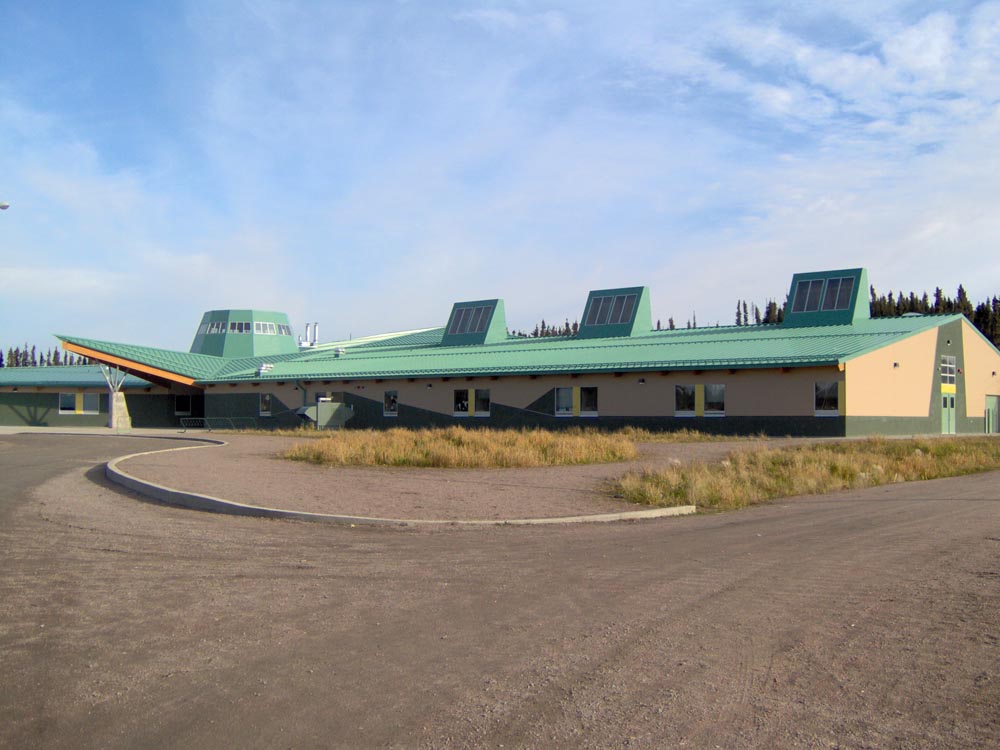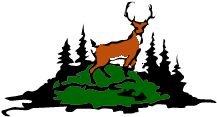Deer Lake First Nation is a vibrant Oji-Cree community nestled on 1,653.6 hectares of pristine land, about 180 kilometers north of Red Lake, Ontario. With a close-knit population of around 1,100 residents and a total membership of approximately 1,200, our community is accessible year-round by air and via an ice road in the winter. During the coldest months, we’re connected to our neighboring communities, Sandy Lake First Nation and North Spirit Lake First Nation, which brings unique challenges—and opportunities—due to the higher cost of transportation. Despite these challenges, we thrive together, embracing our culture and traditions while planning for a bright future.
Our Offered Services
Community Services and Facilities
- Day Care Centre
- E-centre Building
- some firefighting equipment available on reserve
- one Mennonite, one United and one Pentecostal church
- baseball field, seasonal rink
- nursing station
- access to Sioux Lookout Zone Hospital; hospital -services also available in Red Lake
- air ambulance service available as needed
- Child and Family Services worker provided through -Tikinagan Child and Family Services Office
- O.P.P. Building
Utilities
- Water Plant – Main pipes for Duck Lake residents and deliverable water to households in Deer Lake Residents
- Sewage Planet – Main pipes for Duck Lake residents and sewage trucks to households in Deer Lake Residents
- Other waste – landfill site on reserve
- Energy/electricity – Ontario Hydro / Mini-Hydel
Educational Facilities
- Deer Lake School – K4 to Grade 9 (First Nation operated)
- Students board in Sioux Lookout, Thunder Bay, Winnipeg, Red Lake, Ear Falls for Grade 10+
- WAHSA Distance Education Program (secondary education from Sioux Lookout via Wawatay radio and Online)
- KIHS (Keewaytinook Internet High School) Students who dropped out or stayed in community
History
Deer Lake First Nation has a rich history rooted in the Winnipeg Treaty of 1875—Treaty No. 5. Originally, our ancestors signed an adhesion to the Treaty on June 9, 1910, which promised a reserve of 32 acres per person. While this reserve was never formally designated, many of our people relocated to Sandy Lake.
The 1929-1930 Adhesion to Treaty No. 9 officially established a reserve around Sandy Lake Narrows for the Deer Lake Band, which had grown significantly with new members migrating from Manitoba. Fast forward to 1985, Deer Lake and Sandy Lake became two separate Bands, with Deer Lake proudly achieving full Band status that year. Our journey reflects resilience, growth, and a strong connection to our land and people.

Deer Lake School
The Government of Canada, through Indian and Northern Affairs Canada, has provided $13,995,000 to Deer Lake First Nation, which managed the design and construction of the school. Clearing and construction work began in June of 2003.
The new 3,561 square metre community school, offering Kindergarten through Grade 10 programming, is expected to accommodate up to 354 students. The new school contains a total of ten classrooms; a gymnasium and washroom/shower facilities; a library/resource centre; a multi-purpose facility for Native language and special education uses; a computer room; labs for home economics, science and industrial arts classes; and administration and staff rooms

